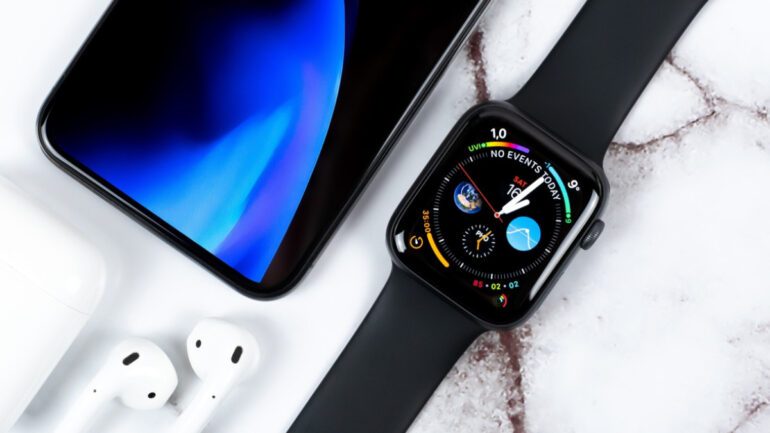TL;DR:
- Apple employs AI discreetly to enhance core functions in new iPhones and watches.
- Unlike competitors, Apple focuses on seamless integration rather than overt transformation.
- Series 9 Watch introduces a four-core “neural engine” for accelerated machine learning tasks.
- Siri becomes 25% more accurate with AI components.
- Innovative finger-tap control feature for the watch improves user experience.
- iPhones now automatically detect and implement background blur when a person is in the frame.
- Google’s Pixel phones also utilize AI but with different features.
Main AI News:
In the ever-evolving landscape of technological innovation, Apple Inc. stands out as a formidable force, leveraging the power of artificial intelligence (AI) to enhance the core functionalities of its iconic iPhones and watches. Unlike some of its peers in the tech industry, Apple’s approach to AI is more subtle, focusing on seamless integration rather than overt transformation.
At a recent showcase, Apple unveiled its latest series of iPhones and an upgraded watch, subtly incorporating advanced semiconductor designs that underpin new AI capabilities. These innovations are poised to revolutionize fundamental user experiences, from making calls to capturing breathtaking images. Interestingly, throughout the event, the term “artificial intelligence” remained conspicuously absent, highlighting Apple’s commitment to a user-centric approach.
Behind the scenes, AI has been discreetly reshaping Apple’s foundational software products for months without fanfare or grandiose announcements. This contrasts starkly with the strategies adopted by industry behemoths such as Microsoft and Alphabet’s Google, who have set ambitious goals for AI-driven transformation, albeit with concerns raised regarding the unchecked proliferation of generative AI tools and their potential consequences.
One noteworthy addition to Apple’s repertoire is the Series 9 Watch, equipped with an advanced chip boasting enhanced data processing capabilities. Central to this innovation is a cutting-edge four-core “neural engine,” engineered to accelerate machine learning tasks, effectively doubling processing speeds. The Neural Engine serves as the cornerstone for Apple’s AI endeavors, amplifying the performance of the watch’s features.
As a result of these AI components, Apple’s virtual assistant Siri has undergone a remarkable transformation, becoming 25% more accurate. Furthermore, this technological leap has paved the way for a novel method of interaction with the device. Users can now perform tasks like answering or ending phone calls, managing music playback, and accessing various information, all with the simple “double tap” of their fingers.
This ingenious feature is particularly convenient when one’s hands are otherwise occupied, whether by holding a cup of coffee or taking a leisurely stroll with a furry companion. Leveraging the power of a new chip and machine learning algorithms, the watch can detect subtle movements and variations in blood flow, enabling seamless control through finger taps.
Apple’s pursuit of AI-driven excellence extends beyond its watch, as the company showcased significant advancements in image capture for its iPhone series. While the “Portrait Mode” feature, which simulates the depth of field of a large camera lens, has been available for some time, Apple has taken it a step further. The camera now intelligently identifies when a person enters the frame, automatically initiating background blur without any user intervention.
It’s worth noting that Apple is not the sole player in the AI-infused smartphone arena. Competitors like Google, with its Pixel phones, offer AI-powered capabilities, such as the ability to remove unwanted elements from photos. However, Apple’s approach to AI, with its subtle integration and focus on user convenience, reaffirms the company’s commitment to enhancing everyday experiences without compromising simplicity and elegance. As the tech giant continues to refine its AI-driven products, consumers can look forward to a future where advanced technology seamlessly enriches their lives.
Conclusion:
Apple’s strategic integration of AI into its products, particularly iPhones and Watches, signifies a commitment to enhancing user experiences without overwhelming them with overt AI-driven changes. While competitors pursue more transformational AI goals, Apple’s focus on subtlety and convenience ensures a user-centric approach that aligns with its brand identity. This approach is likely to resonate well in the market, catering to consumers who value the marriage of advanced technology with simplicity and elegance.

